BOLLYWOOD (A REMARKABLE ACHIEVEMENT)
To enhance their career indian heroines believes BOLLYWOOD as a MOVIE-MECCA,To get a Name and Fame every indian actress tries their luck in bollywood.Once if they got to work under BIG-FILM_MAKERs They are no more an actor but a STAR who gains the attention of a 125 billion population.so every actress dreams to have a special slot in bollywood.
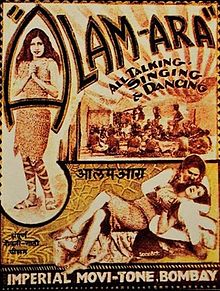
Film poster for first Indian sound film, Ardeshir Irani's Alam Ara (1931)
bollywood & it's origin
- Raja Harishchandra (1913), by Dadasaheb Phalke, is known as the first silent feature film made in India. By the 1930s,
- The first Indian sound film, Ardeshir Irani's Alam Ara (1931), was a major commercial success.
- There was clearly a huge market for talkies and musicals; Bollywood and all the regional film industries quickly switched to sound filming.
The 1930s and 1940s were tumultuous times: India was buffeted by the Great Depression, World War II, the Indian independence movement, and the violence of the Partition. Most Bollywood films were unabashedly escapist, but there were also a number of filmmakers who tackled tough social issues, or used the struggle for Indian independence as a backdrop for their plots.
- In 1937, Ardeshir Irani, of Alam Ara fame, made the first colour film in Hindi, Kisan Kanya.
- The next year, he made another colour film, a version of Mother India. However, colour did not become a popular feature until the late 1950s.
- At this time, lavish romantic musicals and melodramas were the staple fare at the cinema.
bollywood after independence
Following India's independence, the period from the late 1940s to the 1960s is regarded by film historians as the "Golden Age" of Hindi cinema. Some of the most critically acclaimed Hindi films of all time were produced during this period. Examples include the Guru Dutt films Pyaasa (1957) and Kaagaz Ke Phool (1959) and the Raj Kapoor films Awaara (1951) and Shree 420 (1955). These films expressed social themes mainly dealing with working-class urban life in India; Awaara presented the city as both a nightmare and a dream, whilePyaasa critiqued the unreality of city life. Some of the most famous epic films of Hindi cinema were also produced at the time, including Mehboob Khan's Mother India (1957), which was nominated for the Academy Award for Best Foreign Language Film, and K. Asif's Mughal-e-Azam (1960).Madhumati (1958), directed by Bimal Roy and written by Ritwik Ghatak, popularised the theme of reincarnation in Western popular culture. Other acclaimed mainstream Hindi filmmakers at the time included Kamal Amrohi and Vijay Bhatt. Successful actors at the time included Dev Anand, Dilip Kumar, Raj Kapoor and Guru Dutt, while successful actresses included Nargis, Vyjayanthimala, Meena Kumari, Nutan, Madhubala, Waheeda Rehman and Mala Sinha.
While commercial Hindi cinema was thriving, the 1950s also saw the emergence of a new Parallel Cinema movement. Though the movement was mainly led by Bengali cinema, it also began gaining prominence in Hindi cinema. Early examples of Hindi films in this movement include Chetan Anand'sNeecha Nagar (1946) and Bimal Roy's Do Bigha Zamin (1953). Their critical acclaim, as well as the latter's commercial success, paved the way for Indian neorealism and the Indian New Wave. Some of the internationally acclaimed Hindi filmmakers involved in the movement included Mani Kaul,Kumar Shahani, Ketan Mehta, Govind Nihalani, Shyam Benegal and Vijaya Mehta.
Ever since the social realist film Neecha Nagar won the Grand Prize at the first Cannes Film Festival, Hindi films were frequently in competition for thePalme d'Or at the Cannes Film Festival throughout the 1950s and early 1960s, with some of them winning major prizes at the festival.Guru Dutt, while overlooked in his own lifetime, had belatedly generated international recognition much later in the 1980s. Dutt is now regarded as one of the greatest Asian filmmakers of all time, alongside the more famous Indian Bengali filmmaker Satyajit Ray. The 2002 Sight & Sound critics' and directors' poll of greatest filmmakers ranked Dutt at No. 73 on the list.Some of his films are now included among the greatest films of all time, with Pyaasa (1957) being featured in Time magazine's "All-TIME" 100 best movies list, and with both Pyaasa and Kaagaz Ke Phool (1959) tied at #160 in the 2002 Sight & Sound critics' and directors' poll of all-time greatest films. Several other Hindi films from this era were also ranked in the Sight & Sound poll, including Raj Kapoor's Awaara (1951), Vijay Bhatt's Baiju Bawra (1952), Mehboob Khan's Mother India (1957) and K. Asif's Mughal-e-Azam (1960) all tied at #346 on the list.
GOLDEN AGE STARS
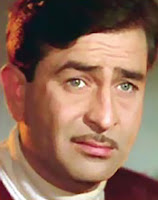 |
| raj kapoor |
 |
| guru dutt |
 |
| leela chitnis |
 |
| waheeda rehman |
Modern cinema
In the late 1960s and early 1970s, romance movies and action films starred actors like Rajesh Khanna, Dharmendra, Sanjeev Kumar and Shashi Kapoor and actresses like Sharmila Tagore, Mumtaz and Asha Parekh. In the mid-1970s, romantic confections made way for gritty, violent films about gangsters (see Indian mafia) and bandits. Amitabh Bachchan, the star known for his "angry young man" roles, rode the crest of this trend with actors like Mithun Chakraborty, Anil Kapoor and Sunny Deol, which lasted into the early 1990s. Actresses from this era included Hema Malini, Jaya Bachchan and Rekha.
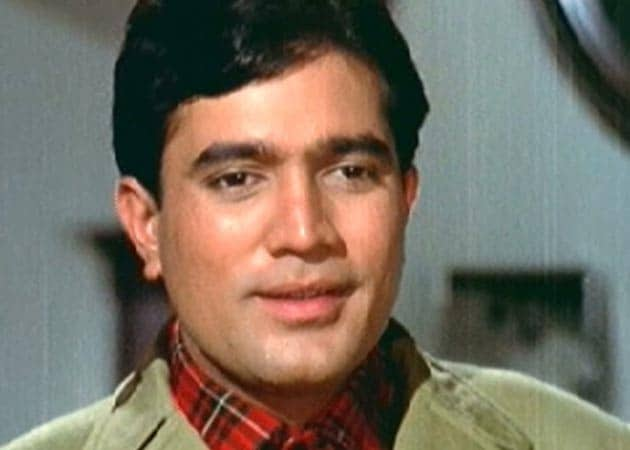  rajesh khanna dharmendra  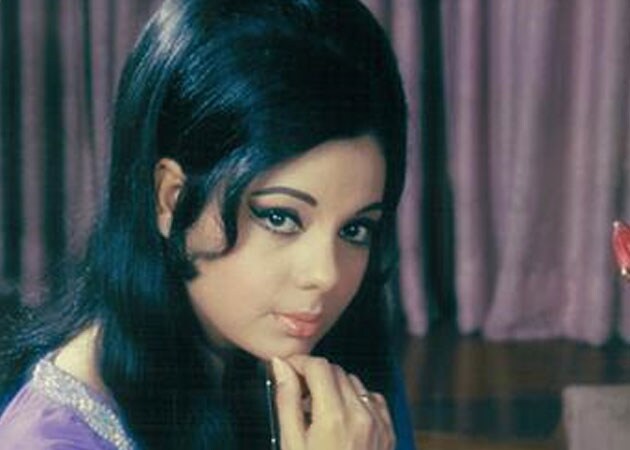 sharmila tagore mumtaz sharmila tagore mumtaz
During the late 1980s and early 1990s, the pendulum swung back toward family-centric romantic musicals with the success of such films asQayamat Se Qayamat Tak (1988), Maine Pyar Kiya (1989), Dil (1990), Hum Aapke Hain Kaun (1994) and Dilwale Dulhania Le Jayenge (1995), making stars of a new generation of actors (such as Aamir Khan, Salman Khan and Shahrukh Khan) and actresses (such as Sridevi, Madhuri Dixit, Juhi Chawla and Kajol). In that point of time, action and comedy films were also successful, with actors like Govinda and actresses such as Raveena Tandon and Karisma Kapoor appearing in popular comedy films, and stunt actor Akshay Kumar gaining popularity for performingdangerous stunts in action films in his well known Khiladi (film series) and other action films. Furthermore, this decade marked the entry of new performers in arthouse and independent films, some of which succeeded commercially, the most influential example being Satya (1998), directed by Ram Gopal Varma and written by Anurag Kashyap. The critical and commercial success of Satya led to the emergence of a distinct genre known as Mumbai noir, urban films reflecting social problems in the city of Mumbai. This led to a resurgence of Parallel Cinema by the end of the decade. These films often featured actors like Nana Patekar, Manoj Bajpai, Manisha Koirala, Tabu and Urmila Matondkar, whose performances were usually critically acclaimed   (1988) (1989)    (1990) (1994) (1995) it was the the time of (Aamir Khan, Salman Khan and Shahrukh Khan)
THE LEADING HEROINE'S WERE
Sridevi, Madhuri Dixit, Juhi Chawla and KAJOL
  
SRIDEVI MADHURI DIXIT ZUHI CHAWLA
  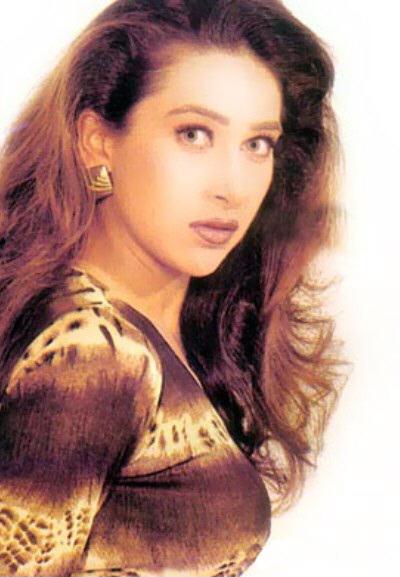
KAJOL RAVEENA TANDON KARISHMA KAPOOR
By the end of the decade Nana Patekar, Manoj Bajpai, Manisha Koirala, Tabu and Urmila Matondkar, whose performances were usually critically acclaimed 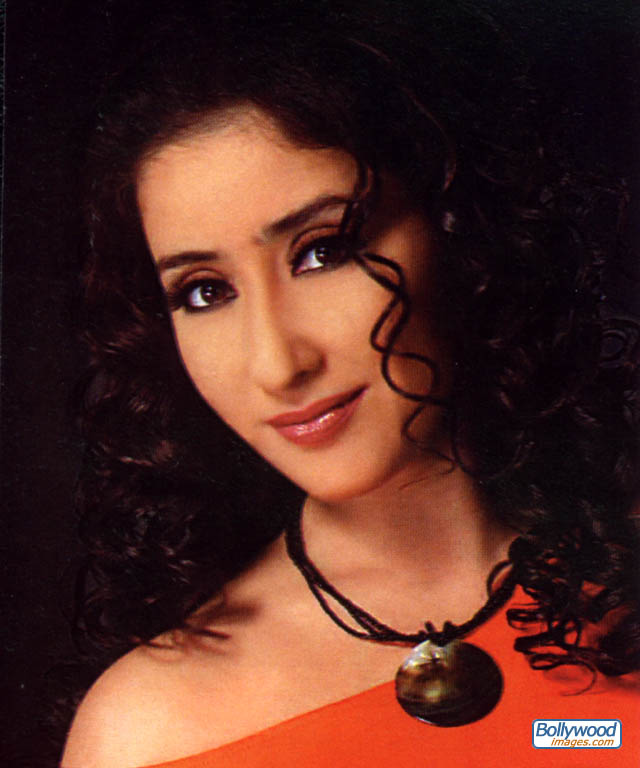  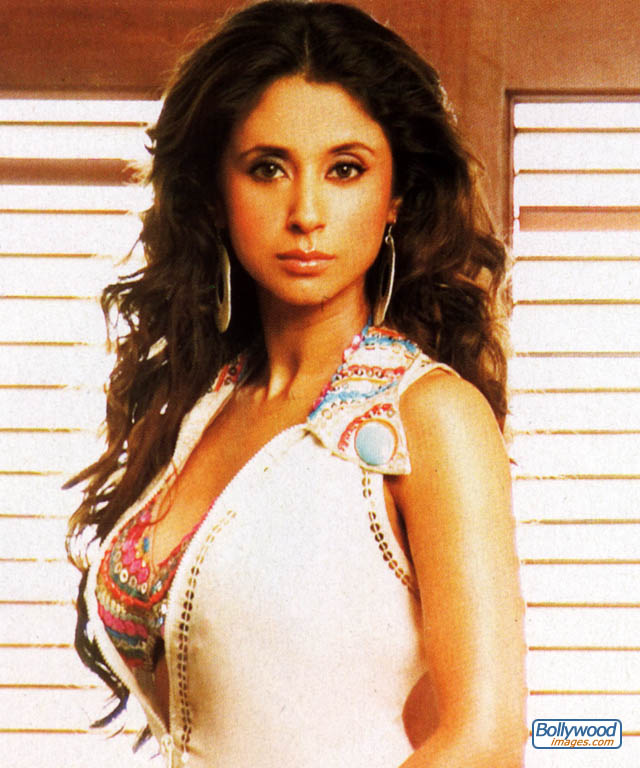 manisha koirala tabu urmila the 21st century introduced many hero's and heroines Rani Mukerji,Preity Zinta, Aishwarya Rai, Kareena Kapoor, and Priyanka Chopra etc   
rani mukerji preity zinta aishwarya rai
 
kareena kapoor priyanka chopra katrina kaif
|
No comments:
Post a Comment